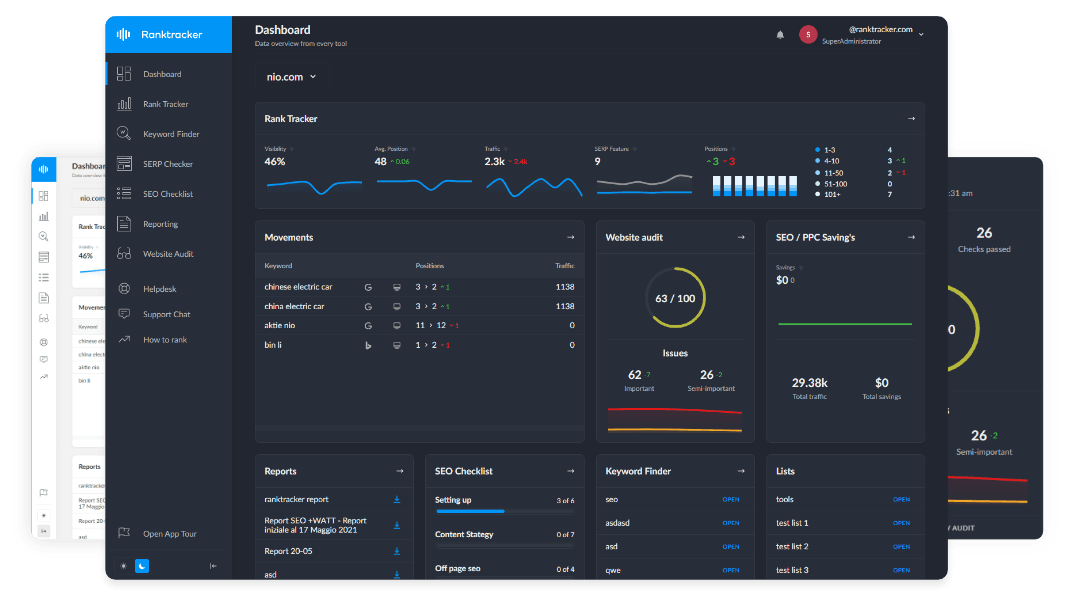Intro
How to Reach More Users and Stay Visible in AI-Powered Search Results
The classic approach to SEO—chasing high-volume keywords and optimizing each page for a single query—is being challenged by Google’s AI Overview. In 2025, the most successful brands are the ones that blend smart keyword targeting with broad content diversification. They don’t just compete for rankings; they compete to be cited, referenced, and recognized by Google’s AI as the best answer.
Here’s how to rethink keyword strategy and expand your content to win in the age of AI-powered search.
Why Classic Keyword Targeting Alone Isn’t Enough
- AI Overview changes the game:
Google’s AI summarizes answers for many types of queries, often blending insights from multiple sources. That means your “money keyword” pages could see fewer clicks—even if you still rank well.
- Context and intent matter more:
AI Overview is designed to answer nuanced, complex, or multi-step queries. The old tactic of optimizing each page for a narrow, transactional keyword won’t capture all the opportunities in today’s search.
- Topical authority now trumps keyword repetition:
Google’s AI rewards sites that show broad, deep expertise—not just those that repeat target phrases.
New Approaches to Keyword Targeting
1. Focus on Topic Clusters, Not Just Individual Keywords
-
Build clusters of related articles around major themes (pillar + supporting content).
-
Address subtopics, FAQs, and related queries to signal comprehensive topical authority.
-
Example: Instead of just “SEO tips,” build clusters on “technical SEO,” “on-page SEO,” “SEO for ecommerce,” “SEO myths,” etc.
2. Target Conversational and Long-Tail Queries
- Embrace question-based keywords:
Write content for “how,” “why,” “what,” and “should I…” queries.
- Address “People Also Ask” and related searches:
These are goldmines for AI Overview inclusion and topical depth.
- Use natural language:
Optimize for the way users actually search, not just high-volume terms.
3. Balance Evergreen and Trending Topics
- Evergreen content:
Core guides, definitions, and tutorials that remain relevant year after year.
- Trending content:
Timely updates, industry news, and data-driven insights—fresh content is favored by AI Overview.
Diversifying Content Types for AI Overview
1. Blend Formats to Match User Intent
-
Step-by-step guides and how-tos for actionable queries.
-
Comparisons and reviews for product or service searches.
-
Opinion pieces and expert roundups for thought leadership.
-
Infographics, videos, and interactive tools for engagement and citation potential.
2. Add FAQs, Summaries, and Quick Answers
- Use FAQs on main pages:
Address common objections, definitions, and clarifications.
- Create TL;DR sections:
Help users (and Google’s AI) quickly grab the main takeaway.
- Summary tables and lists:
Make it easy for AI Overview to pull concise answers.
3. Go Deeper with Original Research and Unique Angles
- Publish case studies, data analysis, or original surveys:
AI Overview loves to cite unique, reference-quality material.
- Tackle controversial or complex questions:
Offer balanced, evidence-backed answers that AI can trust.
Measuring and Adjusting Your Strategy
- Monitor which keywords trigger AI Overviews:
Track shifts in CTR, traffic, and citation for these queries.
- See which formats earn the most citations:
Use analytics and tools like Ranktracker to analyze patterns.
- Adjust clusters and topics as the landscape evolves:
Refresh content, add new subtopics, and retire what’s no longer relevant.
The Bottom Line
Rebalancing keyword targeting and diversifying your content is essential in the age of Google AI Overview. Move beyond a “keyword-per-page” mindset and build deep, interconnected clusters of content—across multiple formats and intent types. By doing so, you’ll earn more citations, more authority, and more sustainable search visibility in 2025 and beyond.

